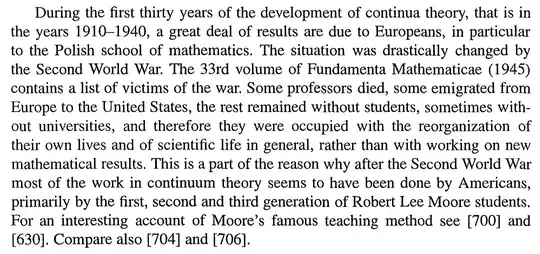I have some experience resurrecting old math books and I want to make a few comments about copyright.
First, it is definitely true that except for very old books, someone owns the copyright. Typically it's the publisher, although sometimes it's the author. (If it's a collection of articles by multiple authors then the copyright may be shared in some complicated way.) In some cases, it's not actually clear who owns the copyright, e.g., because the publisher was bought out by another publisher and some of the paperwork was misplaced. But in any case, usually you should start by presuming that the publisher owns the copyright.
What are the implications of copyright? First, there's really nothing stopping you from creating a $\mathrm{\LaTeX}$ version of a book for your own personal use. It's only when you want to post it on the web or share it with someone else that copyright issues rear their head. So one approach you can take is to do all the work, and then approach the copyright holder and hope that they will agree to publish your new version. Note that if you do this, then the copyright holder is under no obligation to pay you for your work or give you royalties or anything like that.
Another possibility is to approach the copyright holder before doing any work and reach some sort of agreement ahead of time. The advantage of doing this is that you know what you are getting yourself into before you put in a lot of work. Be aware that even if the book gets republished and it sells well, you're unlikely to see much if any of that money.
Either way, be aware that the copyright holder is under no obligation to do you any favors. If they elect not to republish the book then legally there's not much you can do about that. If you've already created the $\mathrm{\LaTeX}$, they could demand that you hand it over (EDIT in response to comments: Such a demand will typically not be legally enforceable but they may issue it anyway as an intimidation tactic), and if you comply, they may then sit on it without publishing it or releasing the copyright to anyone else.
Having said all this, I don't mean to say that you shouldn't go ahead with your plans. I have successfully managed to get a couple of old math books republished. It was more work than I initially expected (even though I didn't have to do any typesetting) and I didn't ask for or receive a dime, but I did get the satisfaction of seeing the books resurrected.
Finally, as others have already mentioned, if you're going to all this trouble then you might want to consider not just re-typesetting but also correcting as many errors as possible.
